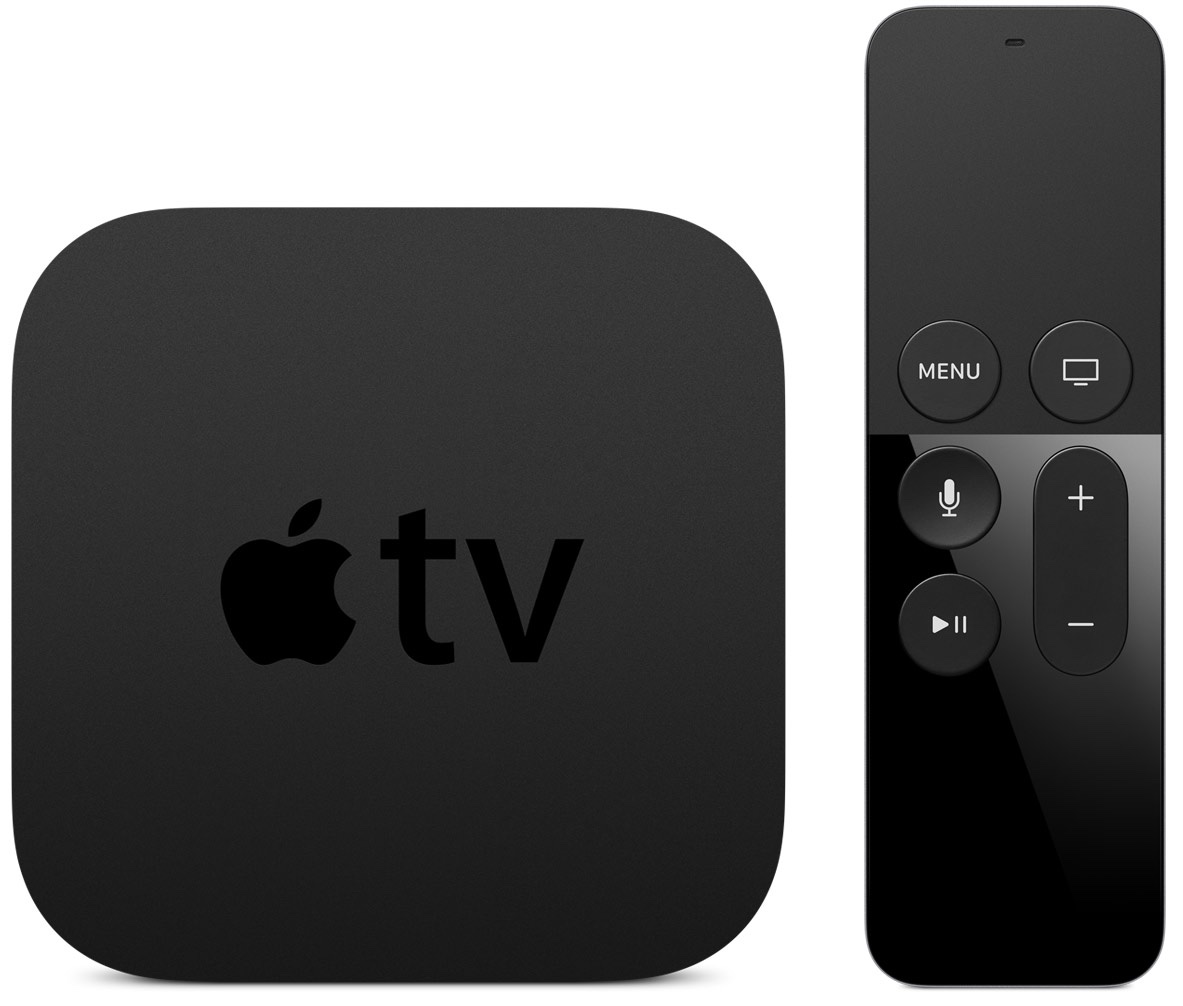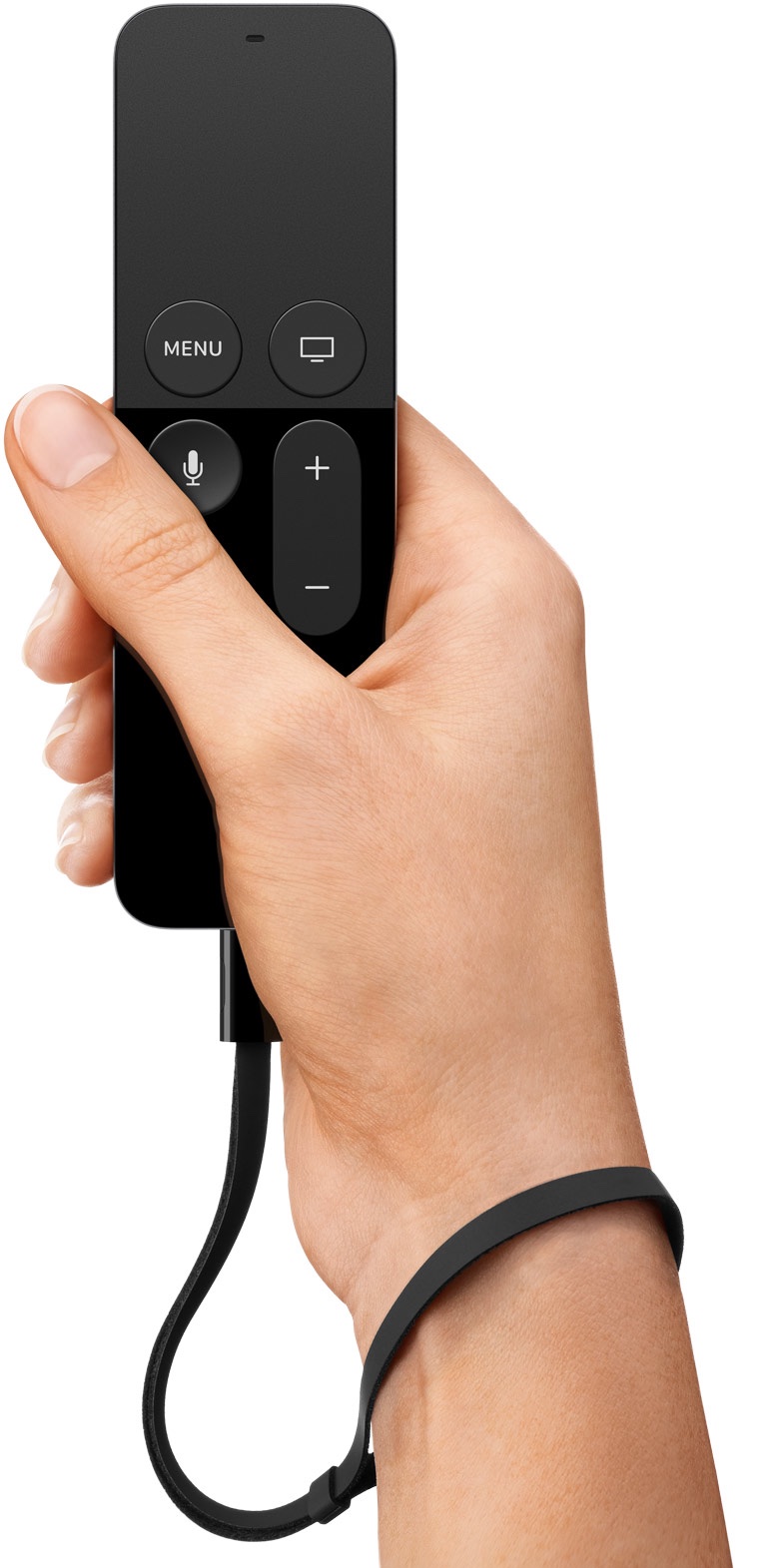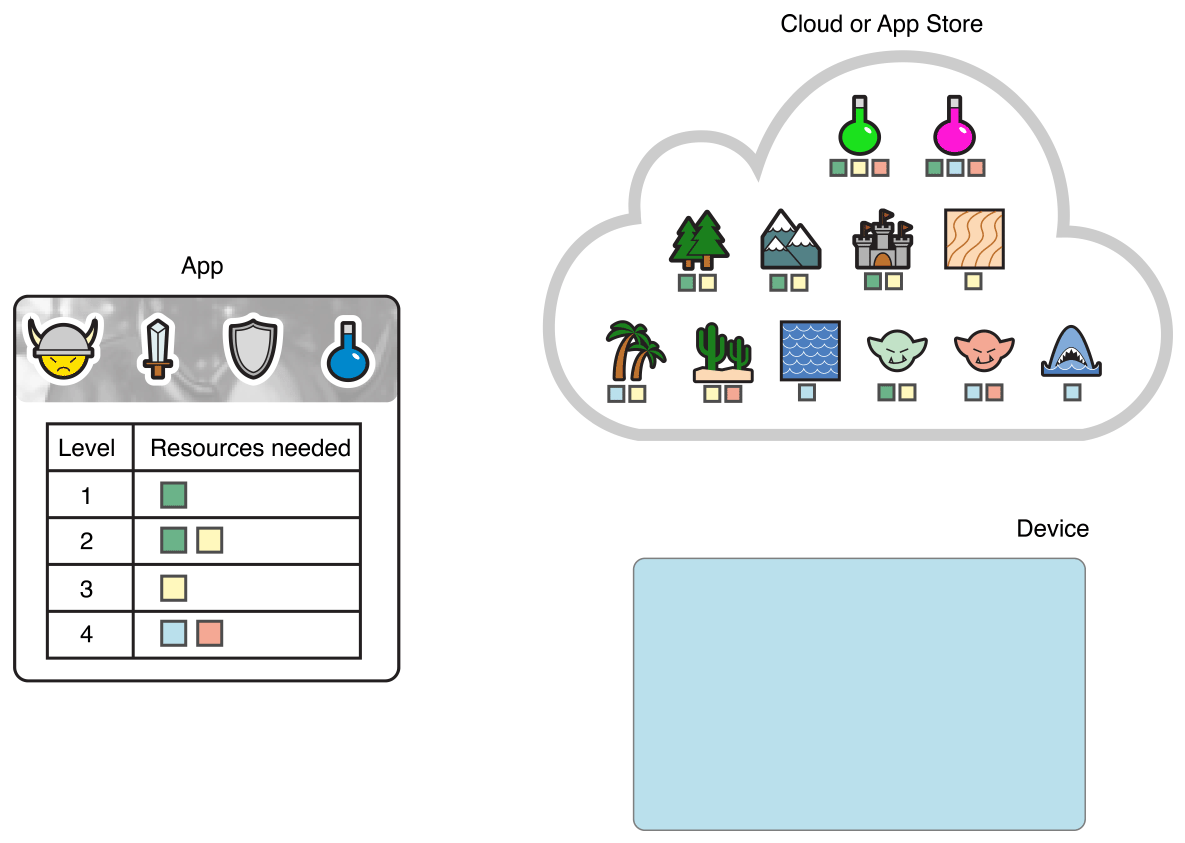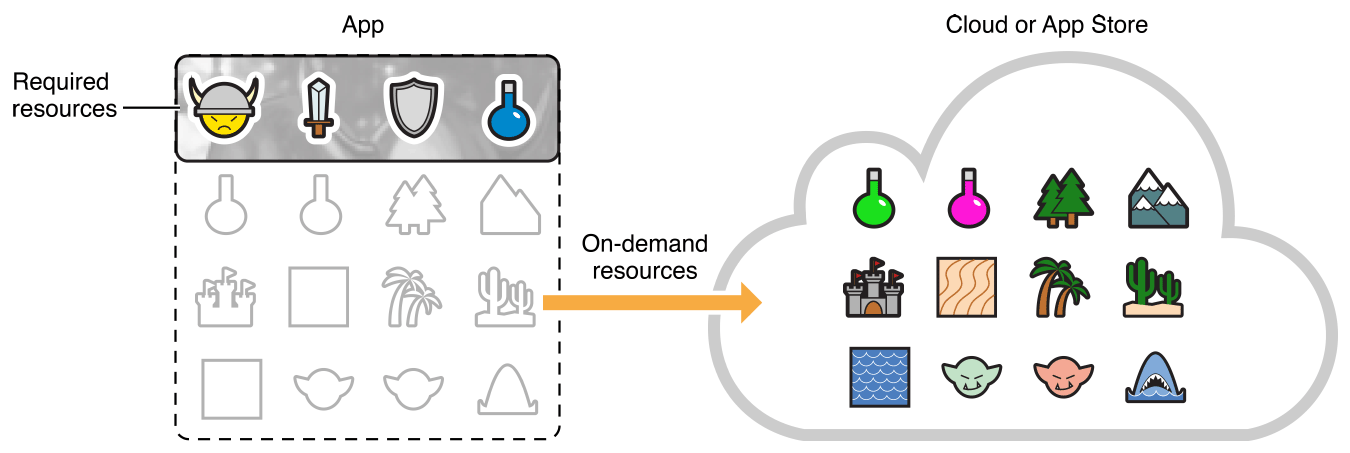
Earlier this week, I discussed why Apple’s move to require developers to support the Apple TV remote in its games was actually a positive move for gamers. Today, I’d like to briefly touch on another controversial subject regarding the new Apple TV—the 200MB initial download limit for apps.
Knee-jerk reactions aside, it’s now much more clear what Apple’s 200MB limit entails. No, it doesn’t mean that a game can only be 200MB in size, it simply means that the initial bundle—the portion of the app that’s required for a user to start using it—should be 200MB or less. iMore’s Serenity Caldwell does a great job of explaining this in detail.
To assist, Apple is employing a recent technology called on-demand resources. This isn’t completely new, as Apple revealed this strategy at WWDC 2015, and it’s available for use by developers in iOS 9. The difference is, the Apple TV will require developers to use on-demand resources if its apps are larger than 200MB in size—and, as we know, many are.
While this may seem overly restrictive at first glance, it’s definitely not as bad as it’s been made out to be. In fact, I think that it will largely prove to be of notable benefit to gamers.
The current predicament
The most obvious benefit to Apple’s requirements is that games can be ready to be played much faster as a result. If you’ve played games on any of the three leading gaming consoles—Xbox One, PlayStation 4, and, to a lesser extent, the Nintendo Wii U, you understand how bad things have gotten for gamers with regard to initial startup times for games.
Back in my day, games loaded up instantly, because you stuck a cartridge into the console’s cartridge slot and started playing. Then there were disc based games, which took a little longer to load, but added the benefit of being able to hold much more content. Now, we’re at the next most obvious evolution—downloadable games. Downloadable games can be large in size, but they suffer even worse from what I like to call startup lag—the amount of time it takes to see a game you want to play and actually start playing.
Simply put, if you buy an Xbox One off the shelf today, don’t expect to just run home, hook it up and start playing. You’re going to be waiting for hours downloading updates, patches, games, installing more patches, etc. This is the epitome of startup lag. To be fair, some games on modern consoles have employed strategies to make this less painful, but the majority of AAA console games suffer majorly from startup lag.
Potentially faster gaming
Apple, with the adoption of its stance regarding initial app bundle size, is hoping to change that. 200MB is almost nothing in this day and age; even our smartphones can easily handle a 200MB download. As a result, it can potentially reduce the startup lag and let us get to playing games much faster than on consoles that don’t employee the same strategy.
I say potentially, because Apple is allowing an additional 2GB of resources to be immediately downloaded and stored on device after the user launches the game. If immediately needed assets are a part of that 2GB before the game can be truly played, then there will still be startup lag present. For example, you may see some “please wait while we download” screens.
Developers can use this limitation as an opportunity if they create games in such a way that users can begin enjoying a title immediately. What about having a tutorial level while the rest of the needed content is downloaded in the background? It will take some planning and forethought on the part of developers, but I think that everyone wins in the end if done properly.

More games
Along with the 200MB+2GB, an additional 17.8GB can be housed in the cloud, and swapped out on-demand as a game requires. Keep in mind, though, that a game’s maximum footprint on device can only be 2.2GB at any given time.
Although there are many games that fall well within this threshold, most of the AA and AAA titles out there feature larger downloads. Thankfully, wisely-coded games shouldn’t have much of a problem adapting.
Apple’s on-demand resource tech allows for games to be much bigger than 2.2GB in total size. When an app needs additional assets, it will request sets of on-demand resources, which tvOS will manage in the background.
If developers are envisioning the same thing that Apple is envisioning, then the requests should be largely transparent to the user. Resources may even stay on your Apple TV for faster launching at a later time, but when tvOS sees that storage levels are constrained, it will intelligently release these resources to free up space where needed.
The result of all of this is that you’ll be able to fit more games on your Apple TV without having to manually play musical chairs with your installed content. 32GB, or even 64GB, isn’t much for a modern game console these days, so Apple is trying to save space by designing tvOS to intelligently manage resources.

Downsides
Of course, there are some inevitable compromises that have to be made due to Apple’s strategy. Having on-demand content means that you’ll need a steady internet connection at all times. It means that you probably won’t be able to take your Apple TV “offline” and still hope to enjoy all of its games without interruption. What if your internet connection goes down? Unless the complete game falls under the 2.2GB threshold and is fully installed, there won’t be much you can do until your internet connection recovers.
It also means that poorly coded games will suffer from interruptions due to not preparing resources with plenty of lead time. For example, when you begin level 2, the game should automatically start preparing level 3 in the background. A poorly coded game might wait until you’ve finished level 2 before it begins downloading level 3, resulting in a largely avoidable interruption as it waits to finish the download.
All of that said, the majority of modern internet connections are relatively stable, so interruptions should be few and far between. As far as poorly coded games are concerned, Apple has examples of best practices on its developer resource guide for on-demand resources.
We may see the occasional poorly optimized game that results in unnecessary interruptions, but by and large, I think we’ll see examples of amazing games and content that seamlessly incorporates and abides by Apple’s vision for a modern gaming console.

The future of TV
Apple wants the best experience for apps and games on the Apple TV. It’s why it’s enforcing the support of its Apple TV remote for games, and it’s why it’s not allowing developers to use WebKit in their apps.
Apple has witnessed how bad TV experiences can be with many of the set top boxes that proliferate the market, and it’s hoping to do it better. As a result, compromises had to be made, but us gamers will reap the benefits, despite what knee-jerk reactions may impel us to think.
